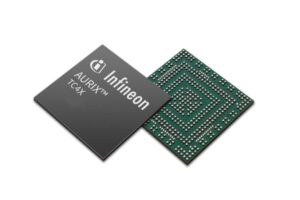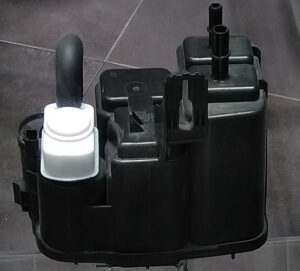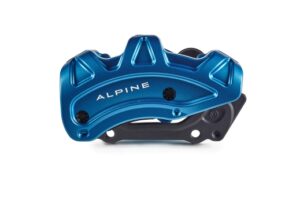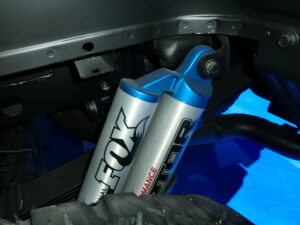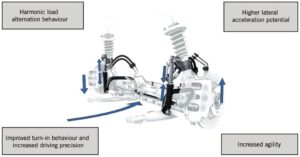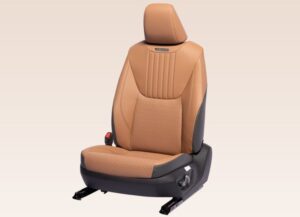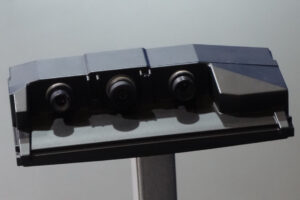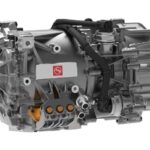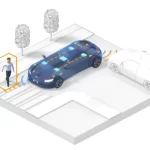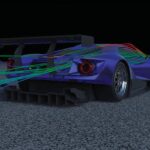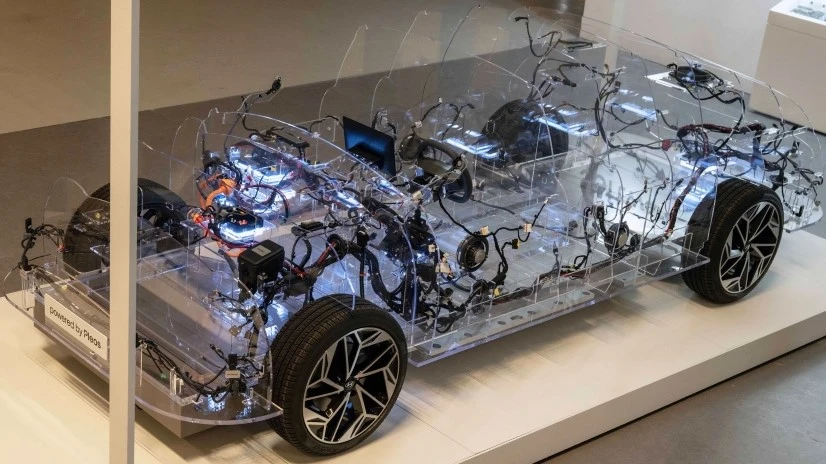
Pleos is an end-to-end software platform that integrates:
- High-performance chips and controllers
- Vehicle operating system (vehicle OS)
- Hyundai Motor Group’s in-house-developed vehicle control operating system designed for software-defined operation
- Utilizes E&E architecture that combines high-performance vehicle computer (HPVC) and zone-specific controllers
- Enhances system performance and stability through a modular, standardized architecture
- Allows for continuous updates and functional expansion by decoupling hardware and software developments
- Infotainment system (Pleos Connect)
- A next-gen infotainment system based on the Android Automotive OS (AAOS), with unique, customizable and user-friendly features
- Allows for maximum openness and scalability of the Android development ecosystem
- Enhances compatibility with mobile apps for a familiar user experience
- Features a smartphone-like UI with split-view, multi-window functions and ‘Gleo AI’ voice recognition-based agentic AI for intelligent vehicle control
- Provides a personalized service environment based on ‘Pleos ID’ – a single, connected user profile accessible in any Pleos Connect-based vehicle
- Pleos Connect is scheduled to make its in-vehicle debut in Q2 2026, with expanding to more than 20 million vehicles by 2030
- Cloud infrastructure
- Fleet management
- Mobility and logistics optimization solutions
This technology stack enables a range of smart mobility functions – such as autonomous driving, vehicle connectivity, real-time data analysis and optimized route planning – providing a foundation for improving the user experience and maximizing the efficiency of urban mobility operations.
What is Pleos Playground?
- An open development platform that allows third-party mobile app developers to freely access automotive software endpoints – vehicles, cloud, analytics and accessories
- Provides AAOS software development kit (SDK) and basic tools, as well as the extended SDKs offered by Pleos Connect, design guides, application programming interfaces (APIs), sample codes and development support tools
- Developers can distribute their apps through ‘App Market’ where users can download and update apps easily as in the mobile environment
- Supports ‘Plug & Play (PnP)’ for direct connection of external hardware to the vehicle without extra settings, pushing the boundary of vehicle accessory development
Roadmap to Level 2+ Autonomous Driving
Hyundai Motor Group also announced plans to implement Level 2+ (L2+) autonomous driving by the end of 2027. The Level 2+ system recognizes vehicle surroundings through cameras and radars and makes more complex decisions based on its artificial intelligence (AI) deep learning decision structures.
The Group plans to continuously optimize AI model efficiency through lightweighting, while enhancing training efficiency and performance by leveraging vehicle-optimized neural processing units (NPUs) and large-scale training infrastructure. Through these efforts, the Group intends to evolve its vehicles into self-learning and continuously advancing ‘learning machines’.

